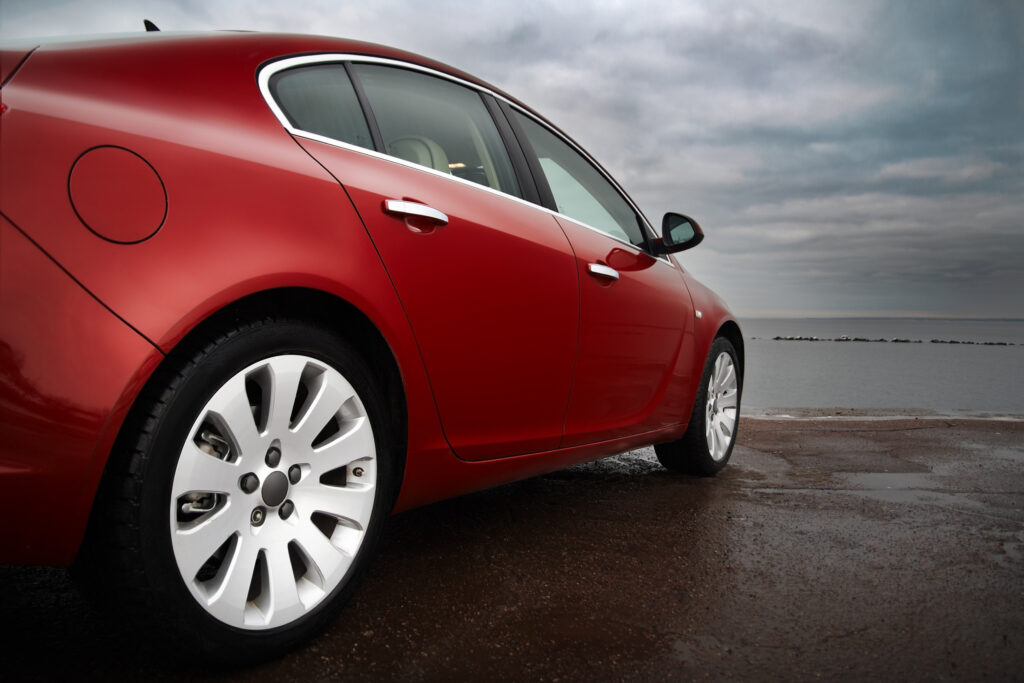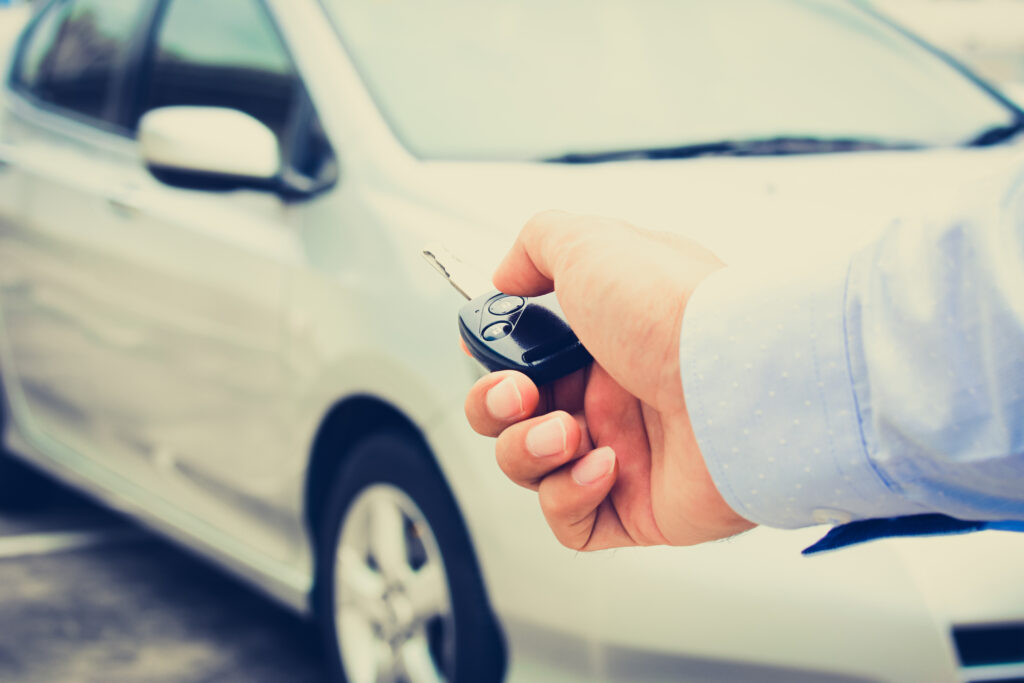Most leasing companies pitch the basics of an auto lease as a means to attract consumers. Fortunately, most of what they say is true and you can take your pick when you’ve decided that auto leasing is for you. By leasing, you don’t have to expend money to pay the entire cost of the car you want. You will simply have to pay for the use of that vehicle for a certain period, and by the time your lease ends, you can get the latest model car again by leasing. Most leases are for two or three years, but some consumers extend their lease for as long as five or six years.
Table of Contents
Here are the factors to consider
• Down payment and extra fees, amounting to the total initial payment
• Monthly fees
• Lease terms on how long you can drive the car
• Charges you need to pay at lease end
You can compute your monthly payment by considering the capitalized cost or the vehicle’s price and the residual value of the vehicle. The amount you pay is based on the difference between the “capitalized cost” and “residual value”. This difference is paid for at a particular interest rate. This interest rate may also be known as money factor, lease charge or lease rate.
In general, you will be paying for less than what you would pay if you purchased the vehicle outright. This is the main reason why people are more likely to lease than to buy a car. For relatively the same initial output compared with buying a car, you can get a better vehicle. The initial amount you need to expend for a lease includes first month’s payment and a security deposit, which usually amounts to one monthly payment. Details vary depending on the leasing company and the car you want. Some companies demand a steeper down payment and additional charges if your vehicle of choice is a luxury car.
As with everything else these days, your credit score matters. Customers with impeccable credit history are usually eligible to go for the best deals. If your credit score is low, you could be charged with a higher down payment and/or higher monthly payments. A leasing company usually don’t approve lease applications from people with poor credit rating.
At lease end, you will need to return the vehicle to the dealer without worrying about trading in or selling the car. No additional charges are due if the vehicle is in excellent shape. This is also true if you stayed within the mileage limits during the lease. If you’ve gotten fond of the car and you want to keep it, there is the option of purchasing the vehicle at the end of the contract at a predetermined price.
However, take note that you’ll be purchasing the car at a higher price than its original price considering you’ve already paid for the lease of the car. You can opt to use a finance company of your choice, but many car dealers have their own in-house finance company.
Car Lease Shopping
Just as you would if you were purchasing a vehicle, do some window shopping when you lease a car. You will soon find out that many dealers are willing to compete for your business. Some of the deals you will be offered are waived down payments or reduced monthly payments. There are some dealers, especially those in the business of selling luxury cars, are not open to negotiation. But there is always a dealer who will accommodate your business, so never feel obligated to say yes to a deal when you know there’s something better just around the corner.
Take note of the car model you want and compare costs between different dealers. A lease with low monthly payments and a sizable down payment may cost you more. Some lease agreements offer higher monthly payments, but you don’t have to make a down payment.
In general, check out the new-car dealers first. But your shopping could reveal some cost-effective alternatives like leasing agents or brokers that lease several brands. Some of the best deals come from brokers and not from new-car franchises. You can also check out local banks and credit unions as some of them may offer consumer leases.
At lease end, you can leave the car with any dealer who sells the same brand, if you lease from a dealer who uses an in-house finance company like Ford Credit or GMAC. However, this option may not be available if you obtained the lease from a broker, and also if the dealer used an independent leasing company. Just learning about this at lease end will be too late.
Lease Advantages
Lower monthly payments compared to car loans (buying). You’re basically only paying for depreciation during the time you’re driving the car. Monthly lease payments are 30% to 60% lower than car loans
There are many lease advisors to point you in the right direction. For example, Expert Lease Pro help you make smarter car leasing decisions
Establish credit by taking on a lease. First time buyers need to build credit and taking on a lease is a good way to do that. The same goes if you have bad credit scores.
You can drive the best model cars. Imagine driving a different brand every few years. This is the best reason to lease.
Maintenance is a breeze. Make sure your lease term coincides with the manufacturer’s warranty so that you don’t have to pay for major repairs.
Low down payments. Ideally, your down payment should be lower than when you’re taking out a loan to buy a car. However, some dealers require $2000 to $7000 down payment.
No long-term hassle if you are not attached to the car. If you’re not the sentimental type, and you don’t mind giving up your vehicle to get a newer one every few years, you can simply let the lease end and pay the fees.
Disadvantages of leasing
Selling price is usually based on the manufacturer’s suggested retail price. Some dealers attempt to gloss over the selling price during negotiating. Remember that the “low” monthly payments offered can be lowered if you negotiate on a good selling price.
You’ll pay something at the start of the lease and at lease end, regardless. Learn and ask about dealer acquisition fees, also known as leasing company fees, which can cost as much as $500 to $700, to be paid at lease end.
Misleading finance charges. Some dealers try to confuse you and lie about the money factor and often they won’t even tell you the money factor!
Your trade-in is not itemized. Remember that dealers are not required to itemize trade-ins, so if you trade in and the dealer does not count it, you’re getting ripped off.
High insurance costs. Leasing companies usually require you to purchase minimum insurance policies of $300,000, more than most people normally buy.
The promised rebate may not be available. If a dealer increases your monthly cost by $13 to $42 monthly even with a rebate promise, you may not be getting the rebate at all.
Some dealer mislead consumers with lease ads. For instance, the $275 per month BMW ad may just be for “one” car in the inventory, which will surely be gone by the time you go to the dealer’s shop to ask about the deal.
Long-term cost of leasing involves expending more money than buying upfront. If you’re going for back to back leases, you will be paying more than what you could have paid if you simply bought the car.
Leasing is not always “cheaper” than buying. Some misleading car lease propaganda may show you why leasing will cost you less, but make sure to check the numbers before eating up their promises.
Mileage limits. You are limited to 12,000 miles per year on average.
Tune-ups are up to you. You are accountable for the car’s maintenance. Keep good records of oil changes, tune-ups, etc. and do them per schedule or you’ll pay excess wear & tear.
Upfront fees can be large. The down payment may be low, but some fees may still be charged. Some companies charge big rates at the start to provide you with lower monthly payments.
Tire set payments. Make sure that the tires match when you return the car. If the tires do not match, your dealer may charge you for the price of a whole set of tires at lease end. You can get a cheaper set in tire shops.
You may no longer be eligible to refund your security deposit. Excessive wear and tear means the dealer will nitpick at lease end when it comes to the state of your car. The “refundable security deposit” you paid during the start of the lease may be worth nothing if your vehicle is found to have excessive wear and tear.
Damages. Accidental damages may trigger early lease termination. You can no longer use the car but you must still pay off the lease. The costs can be offset if you have insurance to cover the cost of damages while you pay off the lease.
Auto Lease Basic Elements Conclusion
While leasing is not renting, the principle is similar and anyone can understand the basics and start leasing.
back to lease guide.




